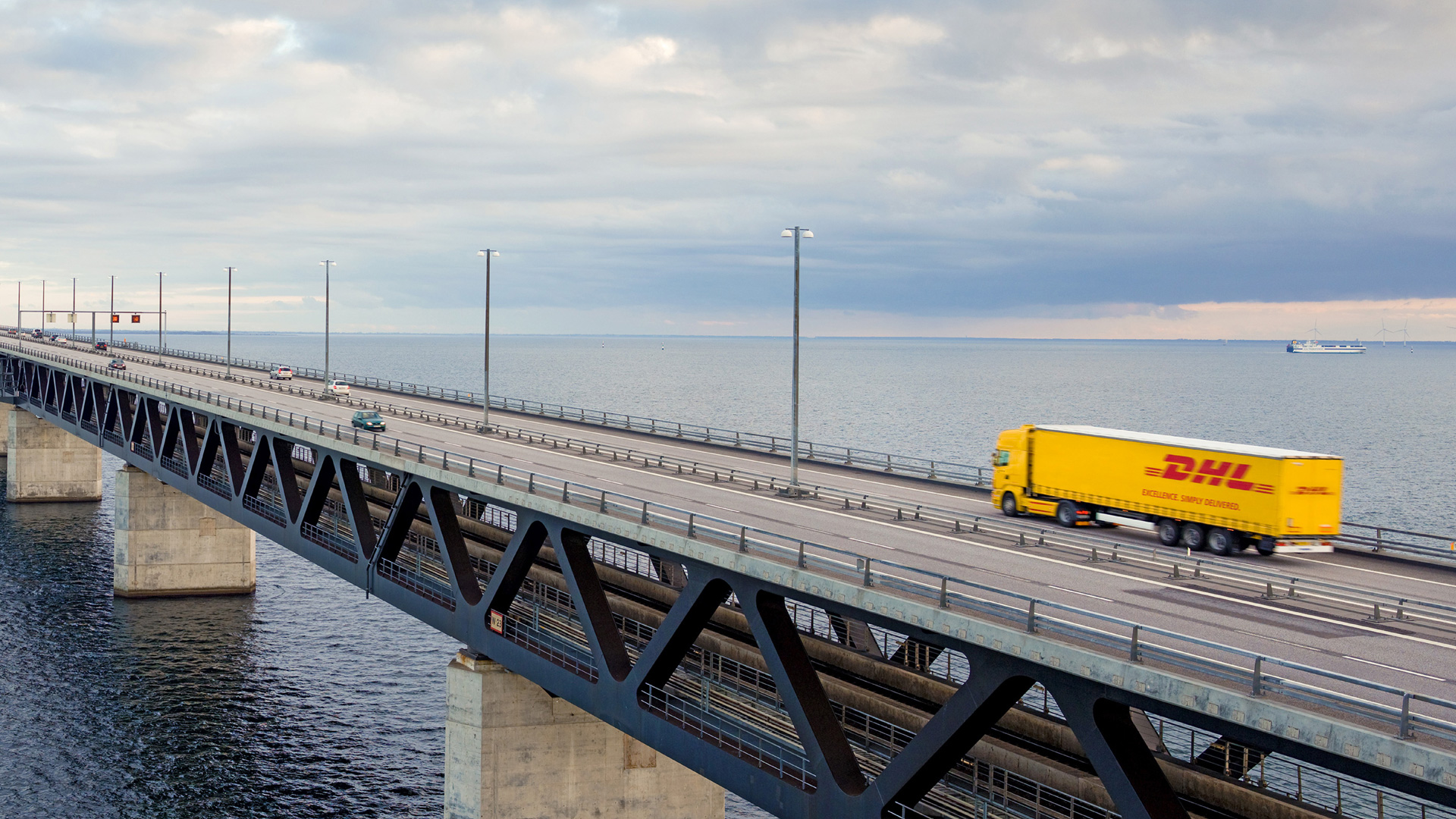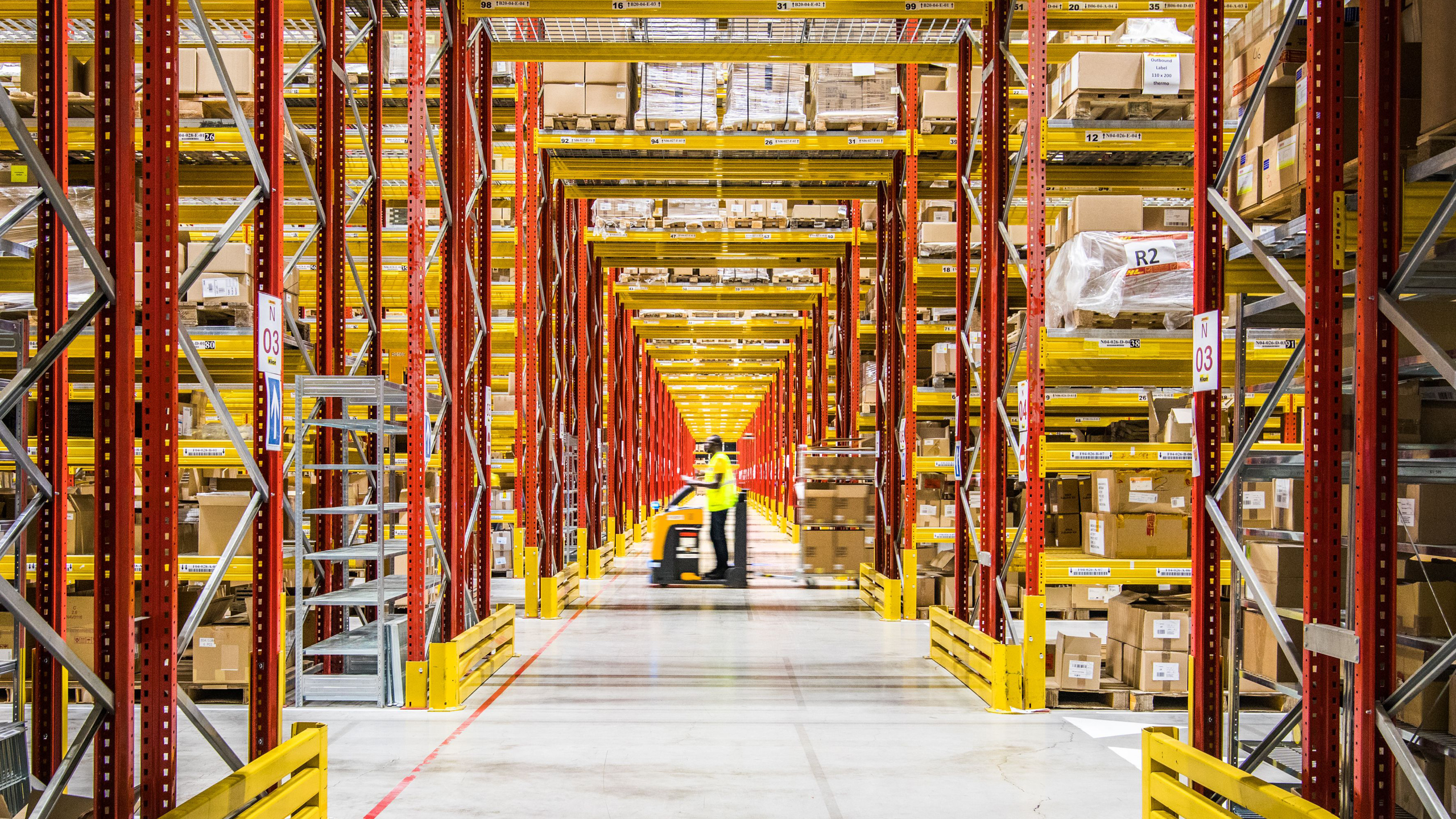
Whether China is still the “workbench of the world” has become a matter of debate among experts. Still, China produces a great many products that have their market in Europe: be it microelectronics or forklifts. And that means that logistics between China and Europe is in high demand. Here you will find an informative survey of China logistics.
Transport Routes from China to Europe
Air, sea, road, and rail: Unlike importing goods from North or South America, for example, European China importers can also opt for the overland route due to the common Eurasian continent. So there is full choice, which is why the individual decision for the right transport logistics from China to Europe depends above all on the factors of cost and time – and, with the current global logistics crisis in mind, also on the capacities available in each case.

Anyway, it is almost impossible to import goods from China without doing at least part of the transport by road. Air and sea freight rely on combined logistic solutions for door-to-door delivery. If the road is used for transportation exclusively, however, direct transport is possible. As part of China’s New Silk Road initiative, the rail network has gradually grown and with it the importance of rail for transporting Chinese goods to Europe. Yet road freight can also be a practical solution, especially – but not only – when rail capacity is stretched.
Rail: Resistant to Weather Fluctuations, Susceptible to Interference
Compared to other options, rail freight is less dependent on weather, but quite inflexible. Given that it is railbound with few route alternatives, delays are frequent in the event of disruptions to the rail network. For this reason, road freight is becoming increasingly important as a more flexible mode of transport. With more and more fixed routes and schedules, road transportation is becoming more and more interesting and reliable.
China Import to Europe: Duration of the Transport Routes
There is no need to explain that air freight is the fastest and sea transport the slowest method of import. But container transport by ship offers the largest transport volumes, which, depending on the goods being shipped, can be a reasonable compensation for the longer transport time. These large volumes are likely to be the reason why around 90% of goods from China still reached Europe by ship in 2021. But due to the pandemic on the one hand and the fast-growing e-commerce market on the other, there is currently a global shortage of containers – which in turn is slowing down ocean freight.
“This is largely due to the increased demand for household and consumer goods resulting from the Corona restrictions. As these products mainly come from Asia, a very high additional demand for corresponding freight capacities has arisen. In Europe, there is currently a backlog in the removal and unloading of containers because of this very high flow of imported goods.”
Jürgen Schuster, Managing Director of Raumschmiede GmbH on the question of container shortage in an interview with moebelkultur.de
Rail transport causes considerably lower CO2 emissions than air freight. Furthermore, its transit times are significantly shorter than those of sea freight: if – for example – Germany and China are logistically connected by rail, the duration of door-to-door delivery is about 10 to 20 days. The actual transport time depends on how far to the east of China, where most of the production facilities are concentrated, the point of departure is located.
Door to Door with DHL Freight
Two examples: DHL Freight offers a transit time of around 17 days for rail transport on the route Hamburg-Suzhou (near Shanghai) with final delivery by truck. For shipments from Xi’an, which is some 1,300 kilometers west of Suzhou, to Hamburg and Neuss, ten to twelve days are to be expected. The industrial center of Chengdu, for example, is also connected to the “Iron” Silk Road and is located almost 2,000 kilometers further west than Suzhou.

Thus, the geographic position of the stock location and the infrastructural connection are important factors: because China is a vast country. Just how big, is illustrated by this comparison: with an area of around 9.6 million km2, China is more than twice as large as Europe, which has a total surface area of 4.2 million km2.
Transportation Costs for China Europe business
Regardless of the current logistics crisis: freight rates are always subject to seasonal fluctuations. They are particularly high between the start of the Christmas business in November and the Chinese New Year in late January or February. They also depend on the respective logistics provider, which is why you should contact the carrier directly to calculate the freight costs from China to European countries.
It would not be reliable to give absolute figures for freight costs from China to Europe in this article – and tomorrow, they might no longer be up-to-date. What is interesting instead are the relations between the modes of transport. If the freight is transported from China to Europe by rail, the costs are about 50% of the air freight rates. The trader who imports containers from China to Europe by train can therefore reduce his costs substantially. But road transport may also prove to be a cost-effective and attractive alternative for certain goods.
Silk Road to Europe: Pandemic as a Driver of Prices
The current problems in global logistics are doing their part to bull the market. Freight rates are currently skyrocketing on all transport routes because the Corona pandemic has a severe impact on global supply chains and transport logistics.
In the industrial nations, demand for raw materials and finished products from both industry and consumers recovered unexpectedly and rapidly after the peak of the pandemic. Many transport logistics providers were not adequately prepared for this because they had drastically reduced their capacities during the pandemic. The result: supply bottlenecks and failures due to container shortages, lack of personnel, long ship waiting times in front of seaports, fully booked freight forwarders, and so on. When something is scarce and in demand, it becomes more expensive. That is the law of markets, and transport logistics is no exception. Since 2020, importers thus have to take additional costs and risks into account.

The Special Case of Rail Freight
Initially, the pandemic had a particular impact on the New Silk Road rail connections between China and Europe. The expansion and operation of the routes were and still are highly subsidized by the Chinese state. Owing to limited ship capacity, demand for rail freight has risen dramatically since 2020: up to 50% more trains ran between Europe and China in 2020 than in 2019, and 5% of the goods movements between China and Europe were carried out by rail. This also brings the economic efficiency of this transport route within reach – China is planning to end subsidies in 2022, at least officially.
Railway China to Europe: Rail Capacity Also Becomes Scarce
No matter how much the Chinese state has already developed the Silk Road rail network – even the constantly expanded range of new connections was unable to keep pace with the surge in demand. So, since 2020 rail freight from China to Europe has also been experiencing overloaded capacities, waiting times, congestion at border crossings – and price increases.
Road Freight for China Import
What at first seemed to be the obvious alternative to sea transport for many China importers now suffers from the same problems as air and sea freight. Thus, it is well worth considering the road freight option. Deutsche Post DHL Group has attractive road freight concepts in its portfolio that can be perfectly adapted to your transport needs.
Whether you need short-term solutions in face of the current tense situation or comprehensive approaches for your China logistics. Having a logistic partner who is experienced in handling crisis situations can help you both now and in the future. We are continuously seeking innovative solutions to deliver goods safely, quickly, and efficiently to their destination – be it from China or Chile and by any means of transport.
Road Freight Expertise Pays Off
When it comes to maintaining supply chains between China and Europe, DHL Freight’s specific road freight experience is paying off. You too can benefit from this special DHL expertise and keep your China logistics up and running.



